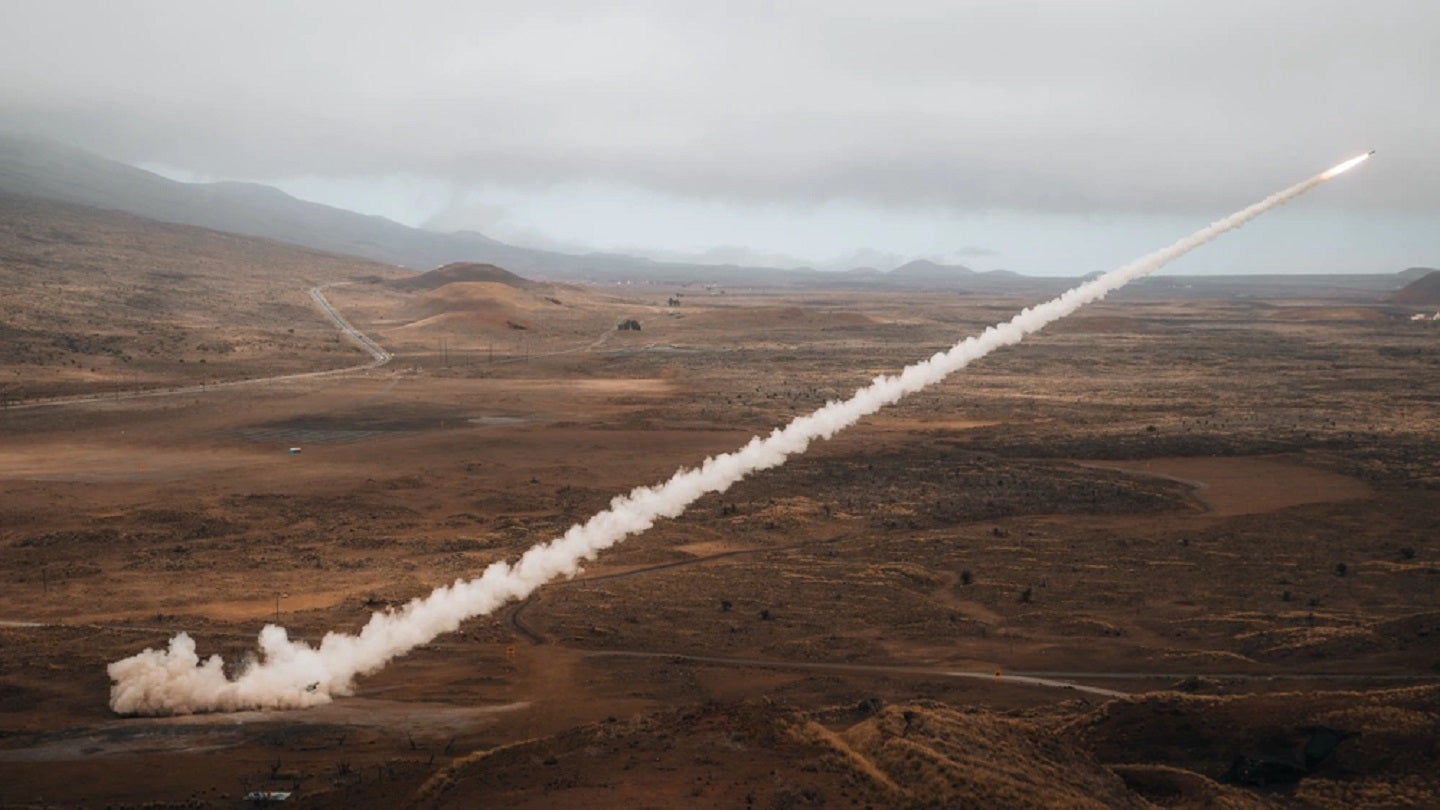
Russia’s defence minister Sergei Shoigu has claimed that the Russian defence industrial base (DIB) is increasing its production of precision missiles to use against Ukraine.
The Institute for the Study of War (ISW) reported that Shoigu described the state-owned Tactical Missiles Corporation as a model defence enterprise. It is understood that Shoigu stated Russia’s DIB is successfully beginning mass prodcution of missiles and will develop plans to double its current production output in the near term.
Shoigu’s focus on precision missile production aligns with a shift in the Russian Ministry of Defence’s rhetoric focusing on the country’s use of precision missiles to strike military infrastructure targets in Ukrainian rear areas.
The ISW adds that Russia is likely aiming to appear proactive as they demonstrate actions amid growing concerns about a potential Ukrainian counter-offensive.
The prospect of an imminent counter-offensive in the late spring or summer time is supported by the fact that the US Department of Defense (DoD) has announced additional security assisstance to Ukraine on 3 May.
The capabilities in the package, valued at $300m, includes: additional ammunition for high mobility artillery rocket systems (HIMARS); 155mm howitzers; 155mm artillery rounds; 120mm, 81mm, and 60mm mortar rounds; tube-launched, optically tracked, wire-guided (TOW) missiles; AT-4 and Carl Gustaf anti-armor weapon systems; Hydra-70 aircraft rockets, among other resources and equipment support.
The reality of Russia’s industrial sustainment
Many were convinced that Russia’s winter offensive, in which its forces made small and costly gains, albeit cementing the presence of its forces along eastern Ukraine, had led to their failure to sustain industrial output.
Therefore, it makes sense to take the latest news of Russia’s increased missile production with a pinch of salt. Although, it could still be said that the life of Russia’s DIB has sprung anew while both sides have fought an enduring attritional war.
Considering the extent to which Russia’s DIB could have managed to offset the waning industrial posture brought about by the winter campaign, while also sustaining the exponential missile consumption in the attritional war so far, we are left in total disbelief. It is hard to take Shoigu’s claims seriously, that the DIB could come anywhere near doubling its current stocks in the near term.
Russia and the US play a game of tit-for-tat with their expansive munition production targets. The US has taken up the role as Ukraine’s arsenal, as well as the arsenal of the Europe as whole. The DoD have even awarded contracts that provide unlimited munitions, such as its contract with Aerojet Rocketdyne for unlimited M1 Abrams ammunition. This is the industrial capacity level that the Russian DIB must compete with beyond its war of attrition against Ukraine.
Russian capacity to meet a counter-offensive
The UK Ministry of Defence (MoD) has announced on 4 May, in its daily updates on the war in Ukraine, that Russia’s fuel is in decline.
The MoD stated: “a fire broke out at a Russian fuel depot in Volna… It was initiated by a suspected drone strike. This follows a pattern of Russian fuel storage sites being damaged since the start of the year, with fuel depots in occupied Ukraine and the Russia-Ukraine border regions remaining particularly vulnerable to attack.
“The disruption to the fuel storage and distribution network will likely force adjustments to Russia’s military refueling operations to mitigate targeting.”
With its fuel in a perpetual state of decline, along with an unconvincing assertion of inflated missile production targets, Russia’s capacity to sustain its forces in the event of a counter-offensive is even more concerning.




